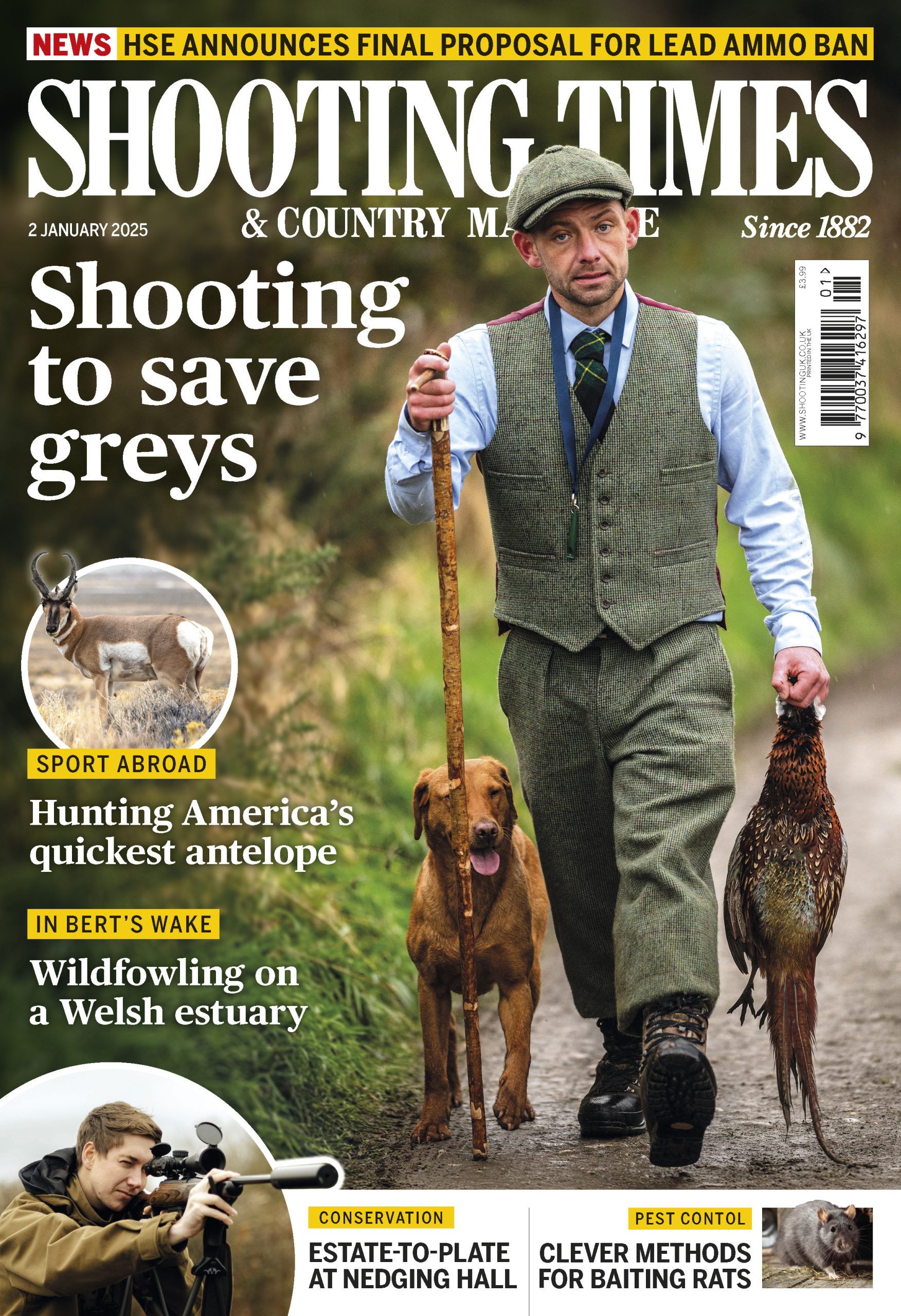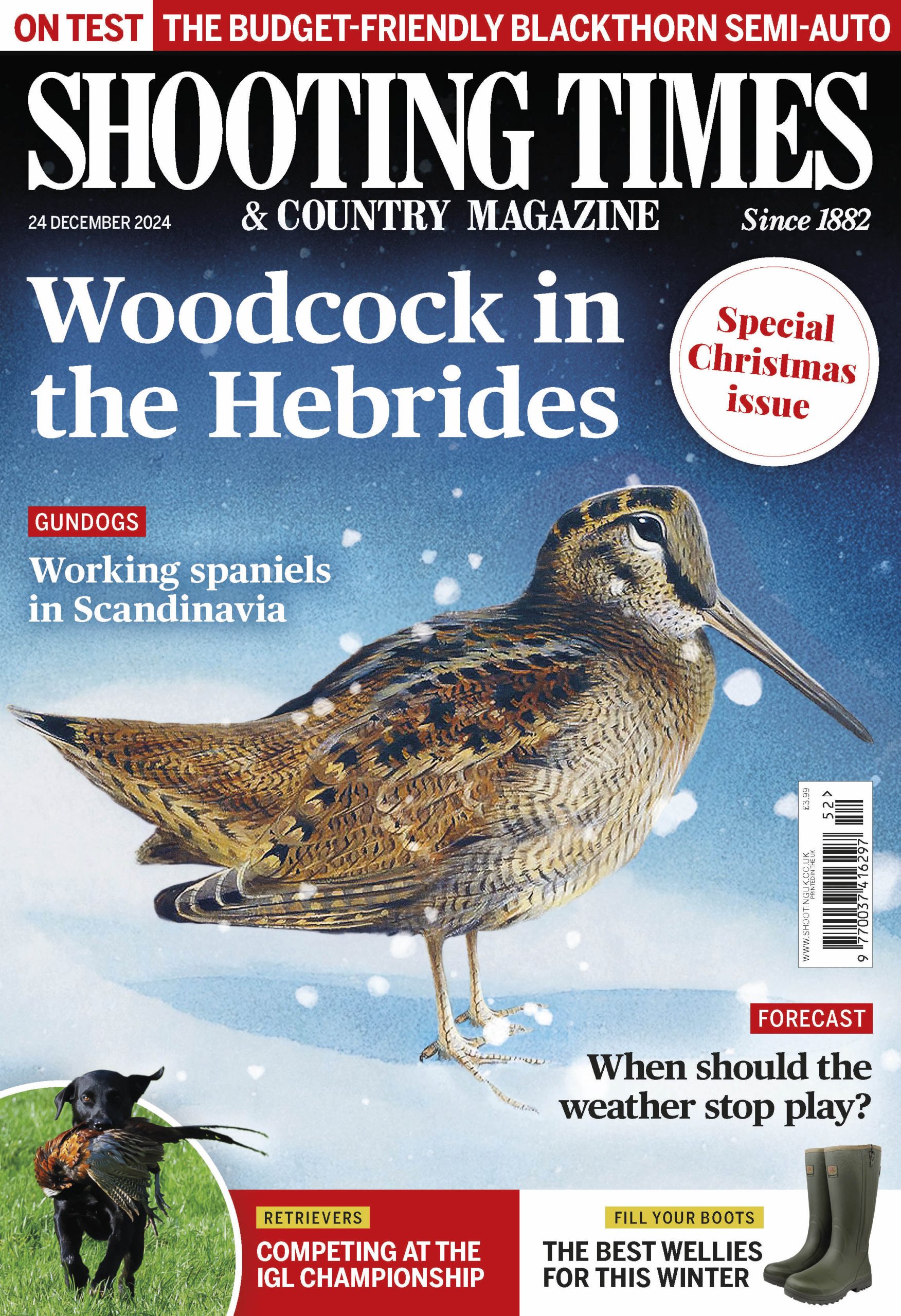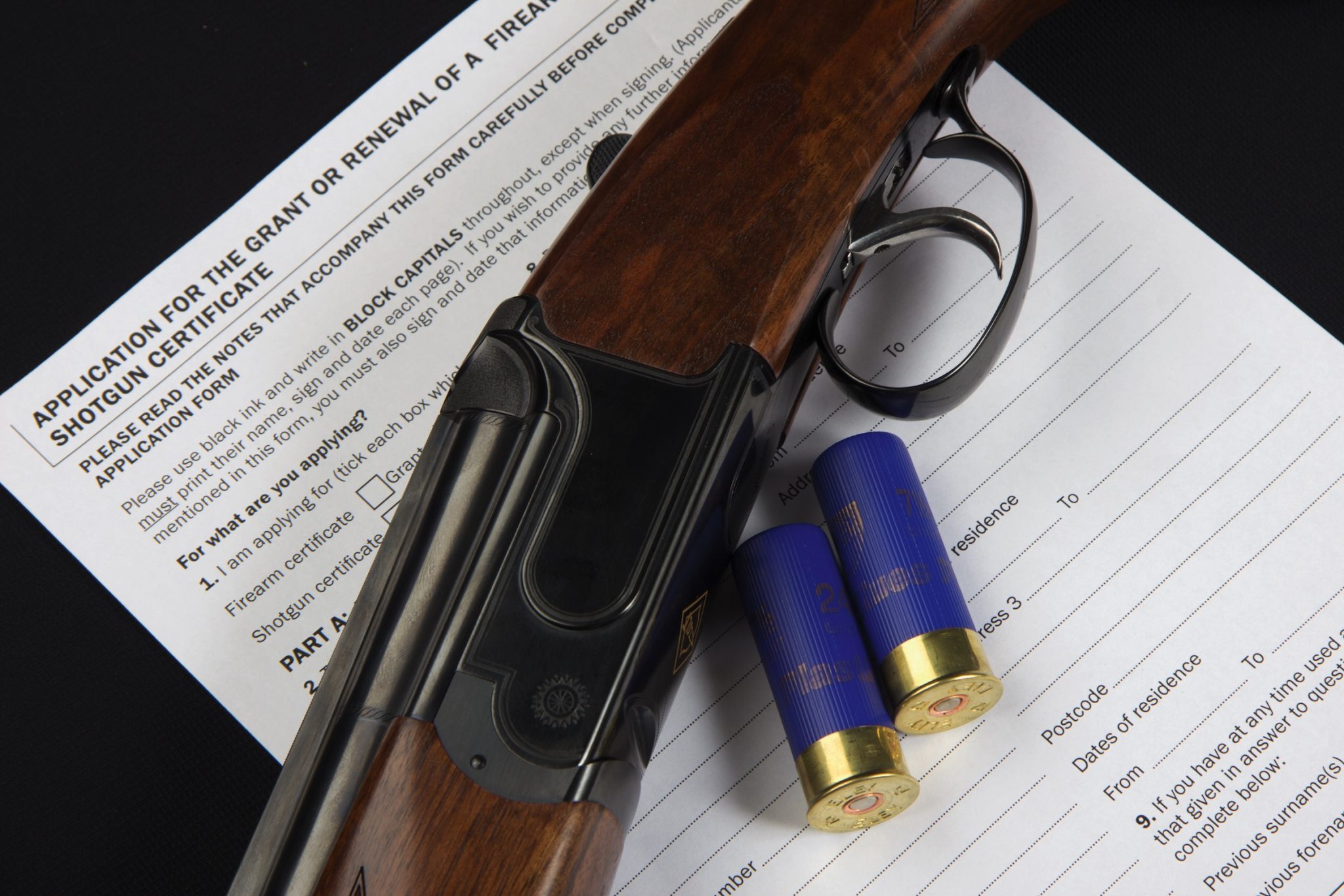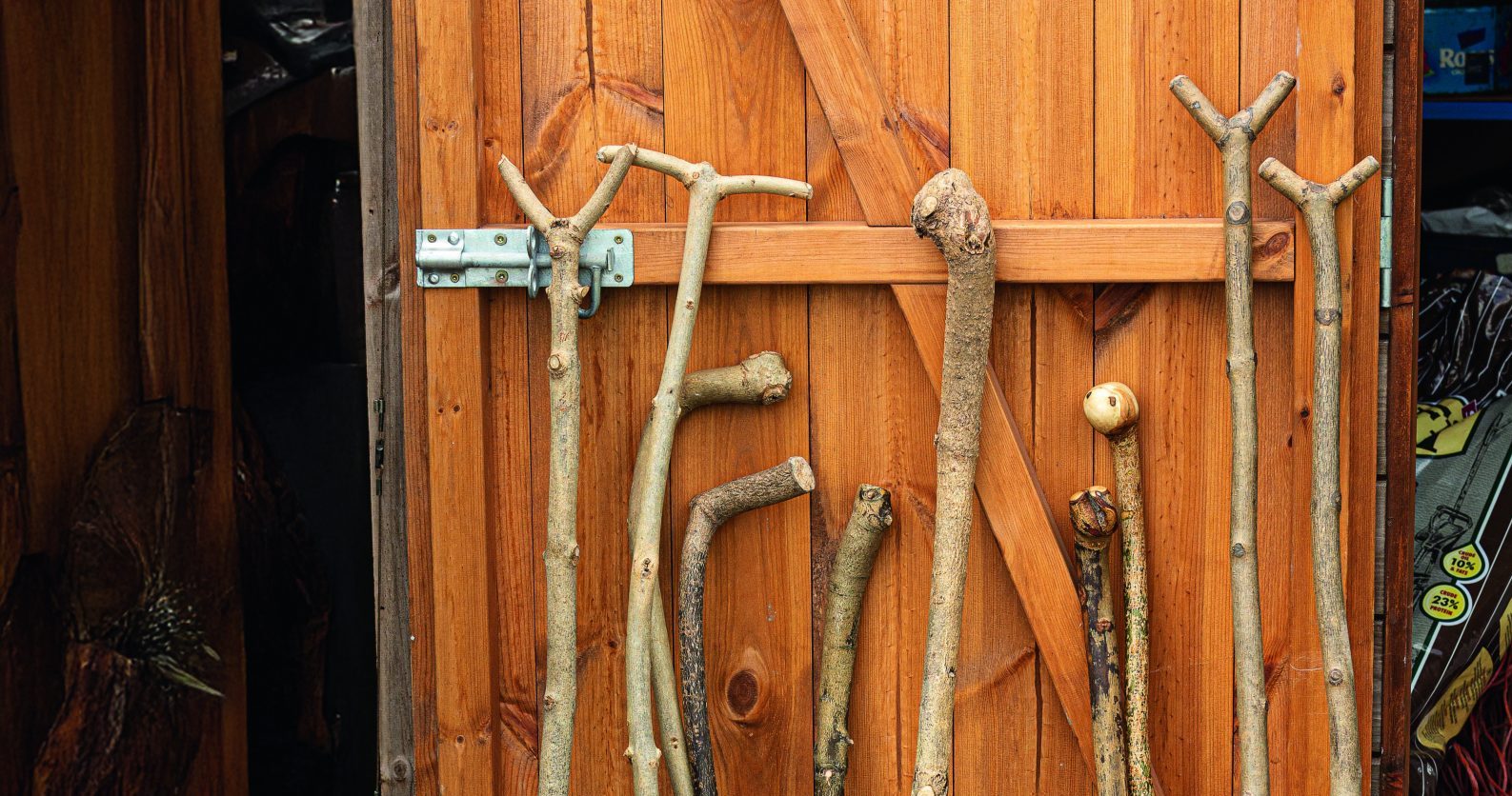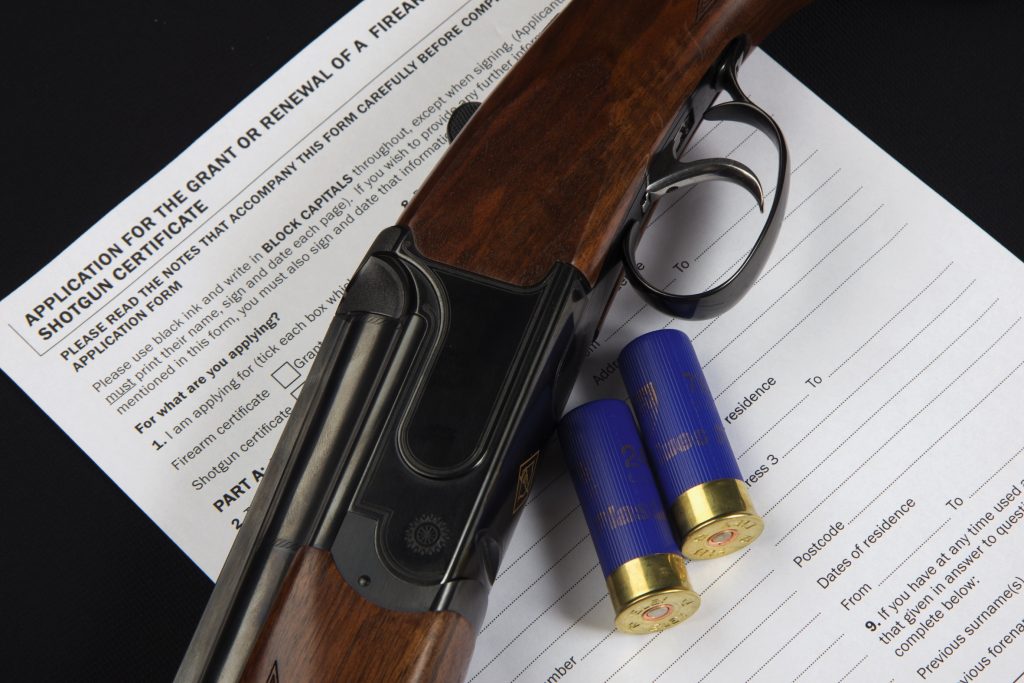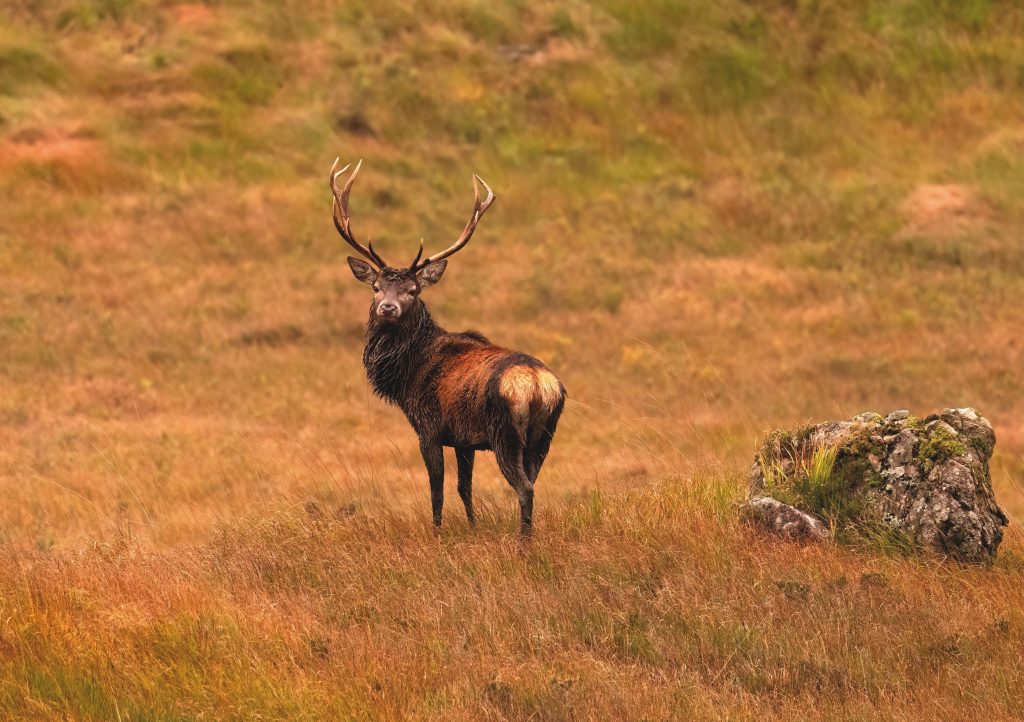Win CENS ProFlex DX5 earplugs worth £1,149 – enter here
Cultural recognition for shooting
With submissions expected to open soon for the government’s national living heritage lists, BASC’s Patrick O’Reilly looks at what’s involved and why shooting deserves a place on the list.
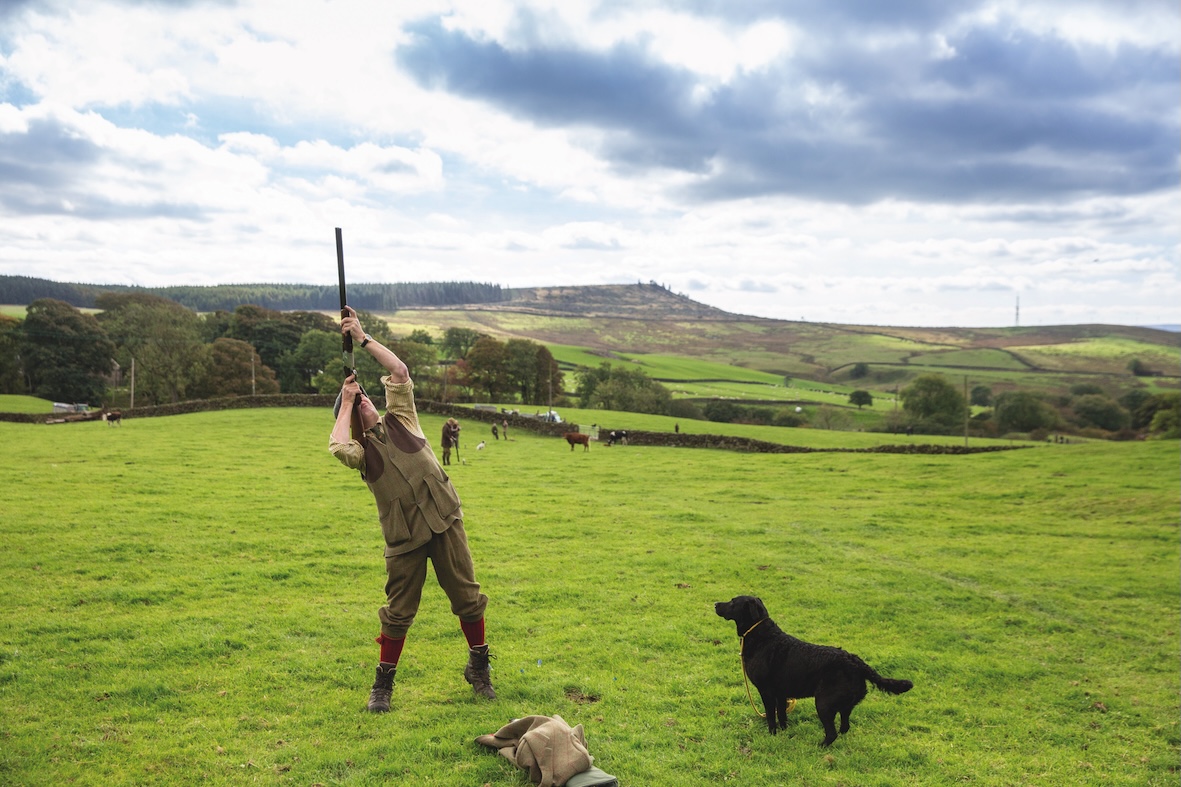
Protecting rural and coastal traditions
Across the world, rural and coastal lives and livelihoods face growing threats. Economic pressures, environmental challenges and increasing demands on land management all put strain on those who live and work in these areas.
In the UK, social attitudes and environmental policy shifts add complexity. Well-intentioned measures can sometimes overlook the communities that have shaped these landscapes for centuries.
It’s ironic that while many celebrate traditional “stewardship” abroad, less recognition is given to the customs, skills and practices that shape our own countryside.
Living heritage in the UK
Our relationship with the natural world is deeply rooted in living heritage – from folk music and hedge-laying to cheese-making and fishing. Shooting traditions form a vital part of this heritage, encompassing wildfowling, puntgunning, pigeon shooting, game shooting and deer stalking.
Skills and knowledge are passed down through generations. Related crafts such as British gun making and the breeding of gundogs also reflect this cultural importance.
Shooting on the global heritage stage
In 2003, UNESCO launched the Convention for the Safeguarding of Intangible Cultural Heritage. Ratified by more than 180 countries, it celebrates practices that define cultures worldwide.
Activities such as Mongolian throat singing and French breadmaking have been recognised. Field sports have also gained acknowledgment, with falconry and hunting horns now listed as examples of global living heritage.
The UK’s living heritage lists
The UK government is developing separate national inventories for England, Scotland, Wales and Northern Ireland. These lists will celebrate traditions that define local culture and identity.
A first submission window will open soon, allowing individuals and organisations to propose cultural practices for inclusion.
Why shooting must be included
Some might question the need for “official” recognition, yet inclusion on these inventories offers more than symbolic value.
Recognising shooting’s living heritage builds pride within our community, informs policymakers and educates the public about our contribution to the countryside. It also strengthens the legitimacy of practices often misunderstood or misrepresented.
If shooting traditions are excluded from these inventories, it would overlook generations of rural knowledge and a vital part of British history.
BASC’s role in protecting living heritage
At BASC, we’re taking proactive steps to ensure that shooting voices are heard. We are consulting with members, gathering evidence of shooting’s cultural importance, and working with like-minded organisations to represent shooting and rural heritage fairly across all UK inventories.
This work will safeguard, record and celebrate our heritage while providing compelling stories of how shooting continues to shape our environment and culture. It also supports the case for shooting’s role in environmental management and conservation.
Looking ahead
Living heritage is not only about the past — it’s about the present and the future. From coast to moor, the UK’s rural landscapes continue to be shaped by shooting.
Recognising that role is vital for anyone who values the countryside, conservation and national identity.
To get involved or share your story, contact Patrick O’Reilly at patrick.o’reilly@basc.org.uk.
Related Articles
Get the latest news delivered direct to your door
Subscribe to Shooting Times & Country
Discover the ultimate companion for field sports enthusiasts with Shooting Times & Country Magazine, the UK’s leading weekly publication that has been at the forefront of shooting culture since 1882. Subscribers gain access to expert tips, comprehensive gear reviews, seasonal advice and a vibrant community of like-minded shooters.
Save on shop price when you subscribe with weekly issues featuring in-depth articles on gundog training, exclusive member offers and access to the digital back issue library. A Shooting Times & Country subscription is more than a magazine, don’t just read about the countryside; immerse yourself in its most authoritative and engaging publication.
